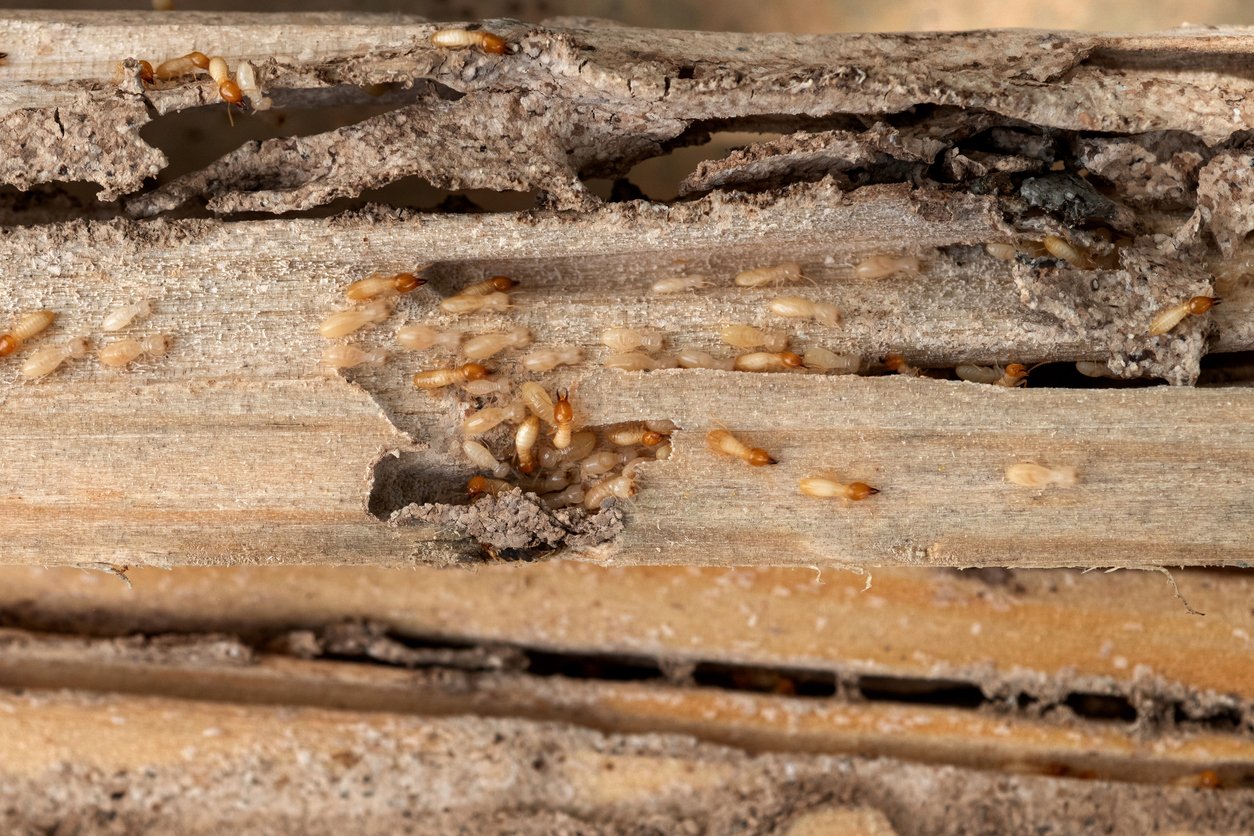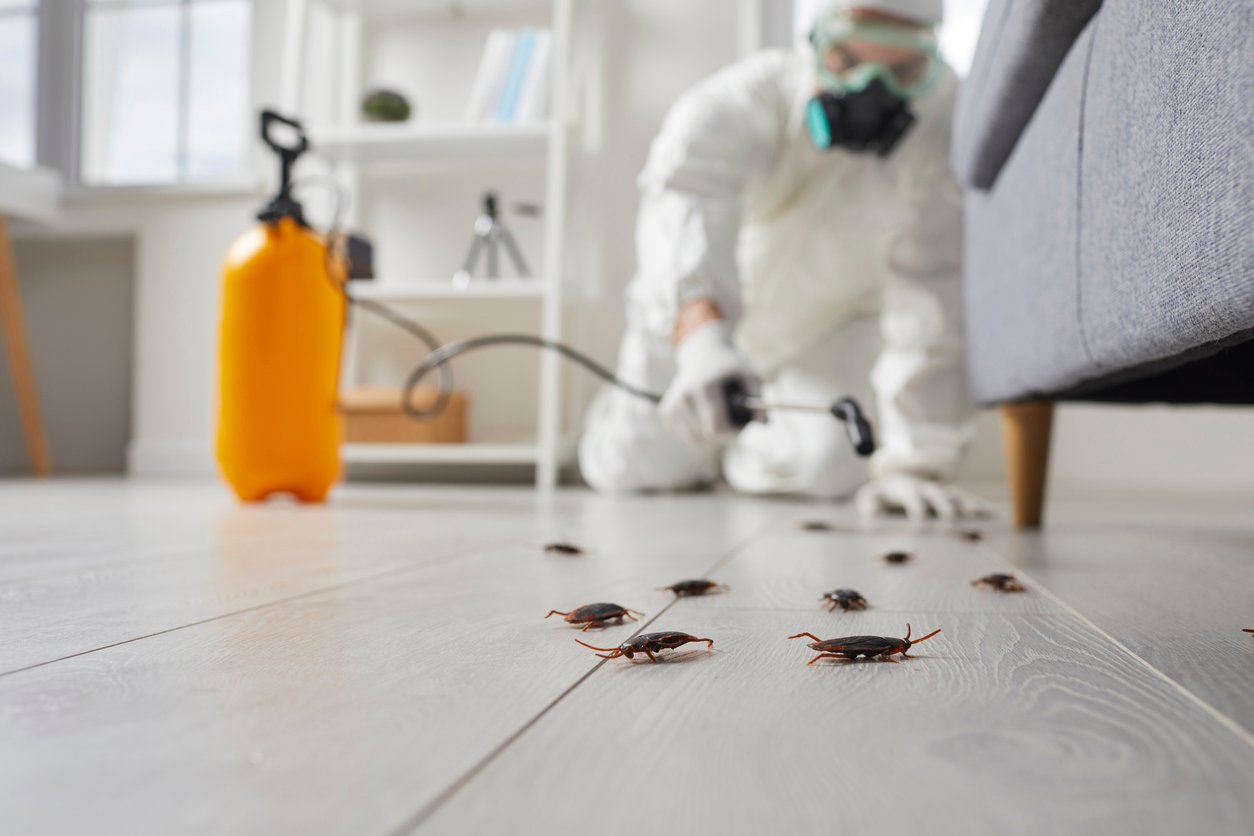Preventing Bedbugs

Travelers returning home usually bring fond memories, souvenirs, and a reluctance to return to reality. But something else could be coming home with them: bedbugs.
If just reading the word “bedbug” makes your skin crawl, you aren’t alone. Travelers across the globe fear bringing home these pesky hitchers, but the good news is that there are ways to prevent bedbug infestations. You just have to know what to look for.

How to identify Bedbugs
Bedbugs have several life stages, but an adult bedbug is about the size of an apple seed with a reddish-brown coloring. They usually have a flat, oval-shaped body that balloons once they feed.
Bedbugs lay pearly white eggs that are the size of a pinhead, which hatch into equally translucent nymphs. After the nymphs have fed, they grow in size and develop their characteristic reddish-brown hue.
Though they are talented hiders and very elusive, bedbugs leave clues that let you know they are around. Since bedbugs molt five times before reaching maturity, their discarded skins are often visible near the base of beds or near crevices in the bed or mattress. Other telltale signs of bedbugs are tiny reddish bloodstains left behind by crushed bugs and bedbug excrement on sheets (their excrement looks like tiny black dots).
It’s important to note that the presence of bedbugs cannot be fully diagnosed until an actual bug is located. Since people react differently to bedbug bites, a rash or welts on the body may not mean that you have been bitten by a bedbug.
3 ways to prevent bedbugs when traveling
The best time to catch bedbugs is before they are in your home. Since they can’t fly or jump, you are their main mode of transportation.

1. Do your research
Before you travel, research where you are staying. Bedbugs do not discriminate and can be found in any type of hotel, no matter how many stars they have. Scanning hotel reviews to see if there are any recent cases of bedbugs or checking the bedbug registry website can be helpful.

2. Inspect the sleeping area
When you arrive at your vacation home or hotel room, either leave your luggage in your car or store it in a room without carpeting (a bathroom is a great option). Arm yourself with your cell phone flashlight—or a regular flashlight if you have on
e handy—and do a quick scan around the room, saving the bed for last. Pay attention to the edges of the room where the carpet meets the baseboard, around outlets, and at the base and corners of furniture. If you find anything that could be a sign of bedbugs, leave the room immediately and report it to hotel management.
After you have surveyed the room, inspect the bed one layer at the time. Slowly pull back the comforter and look for the red or black spots mentioned earlier. Look at the pillows and at the seams of the mattress. This process may seem laborsome, but it can give you peace of mind during your entire stay.

3. Make it hard for them
Other ways to avoid bedbugs is to keep your clothes in your suitcase during the entirety of your stay and to not pile worn clothes on the floor. Using a luggage stand to keep your suitcase off the floor is another helpful preventative measure.
Treating Bedbugs in the home
Even the most careful and tidy traveler can still become prey to a bedbug infestation in their home. Should you find signs of bedbugs, taking action quickly can make the problem easier to manage and eliminate.
Bedbugs are tricky pests but not impossible to get rid of. Treating an infestation can take weeks to months depending on the severity. While there are do-it-yourself options, bringing in an expert to create a treatment plan can make the situation less stressful.

Tackling the problem on your own
Start by identifying the places where bedbugs are and decreasing their chances of spreading. Seal infested items in plastic bags. These bags can be placed outside in direct sunlight, in the freezer, or stored for several months. Bedbugs are resilient insects and can live for around five months without a blood meal, so if conducting heat or cold treatments or trying to starve them, be sure to do your research to achieve the desired results.
If you have contaminated clothes, wash them in hot water and dry them on the highest setting for at least 30 minutes. Bedbugs die when exposed to 120 degrees Fahrenheit or higher for an extended amount of time. If you plan on throwing away infested furniture like a mattress, wrap it in a sheet or plastic before carrying it through your home, as it could spread the infestation to other rooms. Make sure no one will bring home your discarded furniture after you take it to a dump or waste management facility.
When vacuuming an infested area of your home, empty the vacuum regularly in a trash container outside your home. Inspect the vacuum for bugs before storing it.

Calling in backup
If the infestation becomes unmanageable, find a pest control professional that offers bedbug treatments to create a plan specific to your home. Treatment methods can be heat-driven or product-driven. Not sure if you have bedbugs? A professional can help you determine that quickly and get treatment underway immediately.



